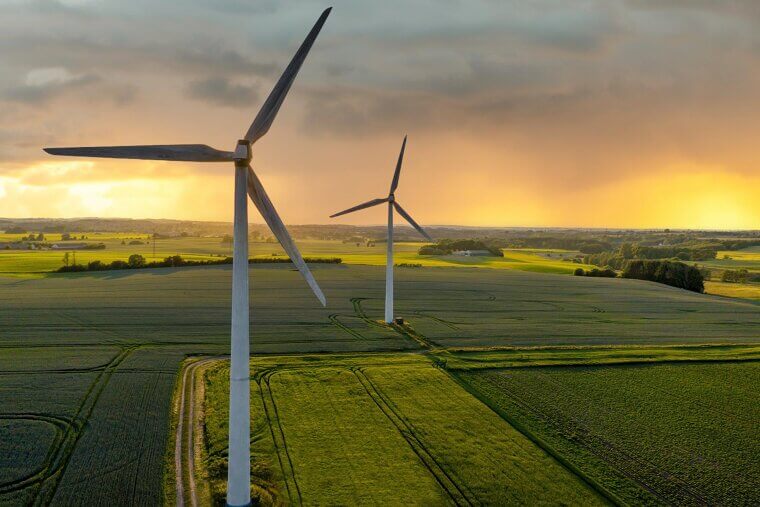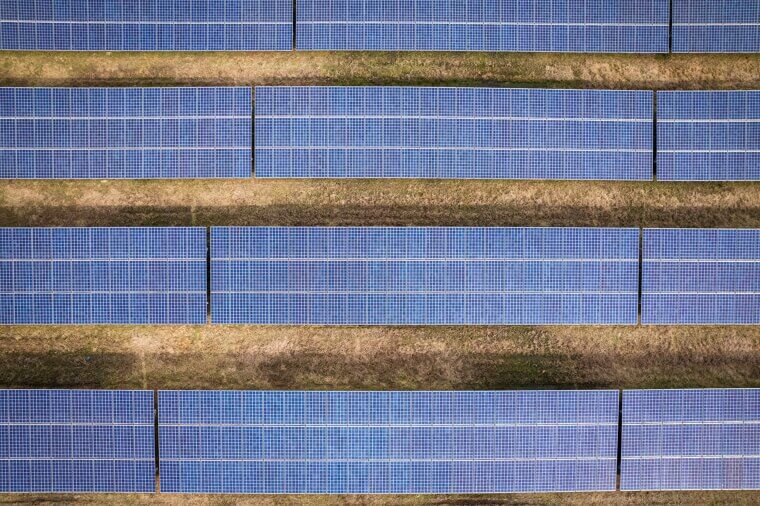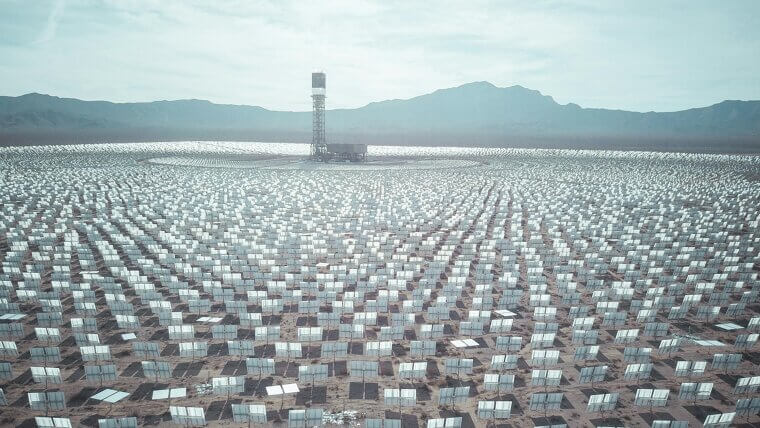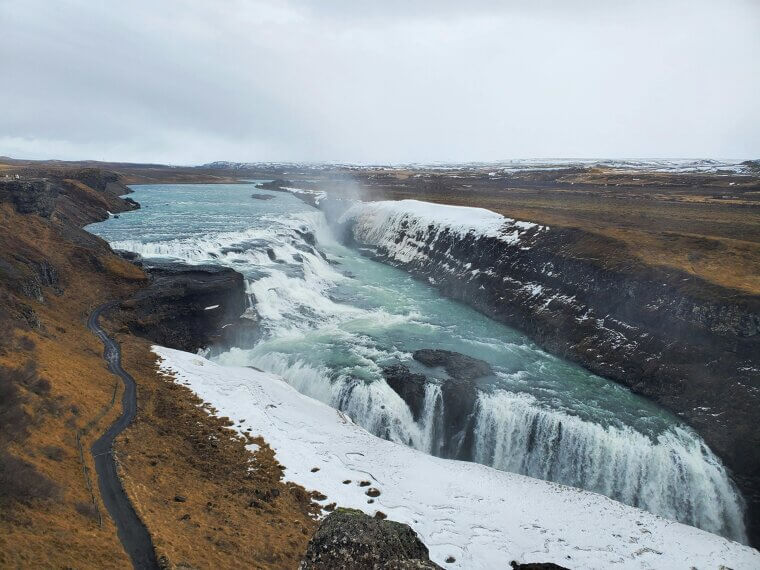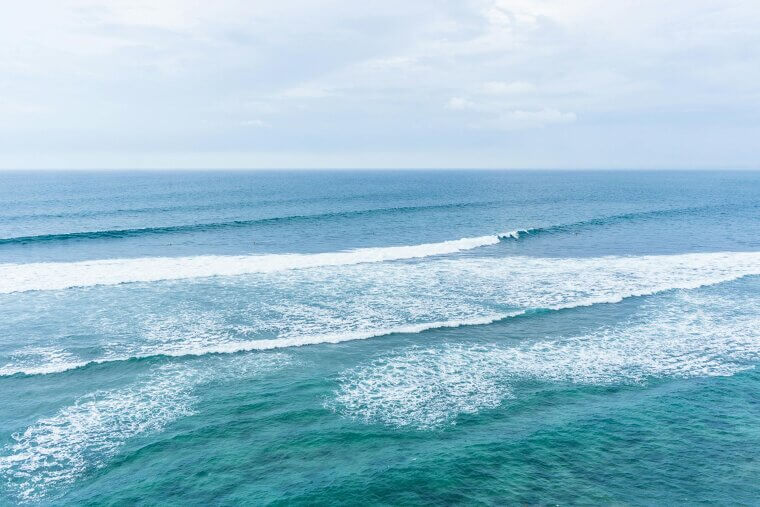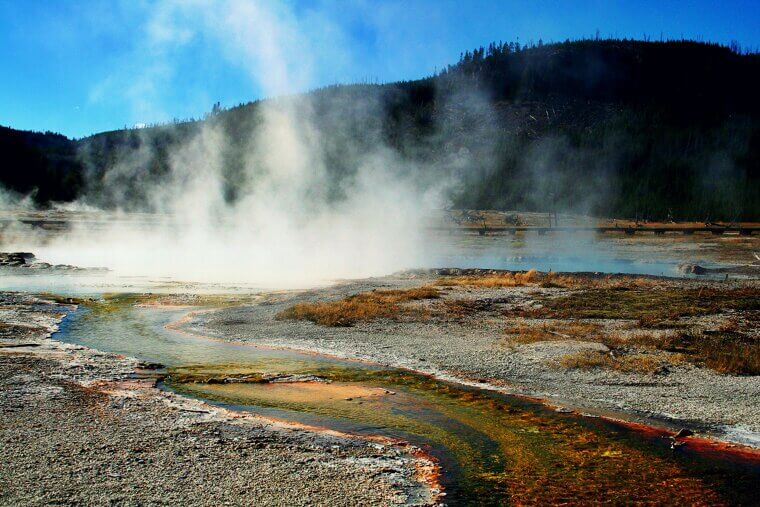Onshore Wind
Onshore wind turns everyday breezes into grid power with tall turbines on plains, ridgelines, and breezy coasts. Blades spin a generator, an inverter cleans the electricity, and lines carry it to towns. Projects build quickly, scale modularly, and run quietly with low fuel costs, since fuel is air. Watch for visual concerns, wildlife protection, and transmission bottlenecks when farms outgrow wires. Uses range from utility supply to grazing sheep beneath towers, plus remote microgrids. Culture runs deep, from Dutch mills to modern hubs. Next are taller towers and storage coupling.
Offshore Wind
Offshore wind chases steadier sea breezes with fixed or floating turbines anchored offshore and tied to land by submarine cables. Bigger rotors mean higher capacity factors and cleaner power close to coastal cities. Ports hum with jobs, from blade yards to service vessels. Challenges include marine permitting, careful coexistence with fishing and shipping, storm hardening, and routing cables around sensitive habitats. Uses span coastal grids and hydrogen production at sea.
Solar Photovoltaics
Solar photovoltaics turn sunlight into electricity on rooftops, carports, and sprawling arrays. Semiconductors free electrons when photons strike, and inverters sync the current with the grid. Panels scale from cabin wattage to utility gigawatts, install quickly, and operate quietly without the need for fuel. Challenges include midday peaks, land siting near farms, and planning for recycling. Homes, warehouses, schools, and data centers are widely adopted, while agrivoltaics share light with crops. Community solar opens access for renters. Coming improvements include tandem cells, building-integrated panels, and charging canopies that shade parking while powering movement.
Concentrating Solar Thermal
Concentrating solar thermal uses mirror fields to gather sunlight, make heat, and spin turbines. Heliostats or troughs focus light onto receivers, heating fluids that feed steam cycles, while molten salt tanks store energy for evenings. The best sites are clear, dry deserts with cheap land and strong sun. Benefits include built-in storage and industrial heat. Watch water needs, precise alignment, and avian safety plans. Uses include peak power, process heat, and hybrid plants. Engineers love sun-tracking mirrors. Next steps: test ceramic particles and pilot solar hydrogen production at scale.
Hydropower and Run of River
Hydropower captures gravity’s potential, from big reservoirs to run-of-river turbines that sip flows. Falling water spins blades and generators, while reservoirs time-release to match demand. Mountain watersheds and steep river gradients shine. Strengths include a stable baseload and fast ramping for balancing wind and solar. Risks involve fish passage, sediment, and community impacts that require careful design. Uses span grid anchors and pumped storage pairs. Rivers powered mills long before grids. Next phase favors fish-friendly turbines, dam retrofits, and small hydro on existing drops across many regions.
Tidal Energy
Tidal energy draws power from the Moon’s pull using underwater turbines or tidal range basins. Predictable cycles drive rotors in straits or fill lagoons that release through generators. The appeal is reliability, especially for island microgrids and coastal towns near strong ranges. Challenges include marine ecology, corrosion, limited maintenance access, and upfront capital costs. Cables must dodge habitats and shipping. Potential uses include desalination and data centers at the shore. History helps, since tide mills once ground grain. Next come modular turbines, floating platforms, and shared offshore substations to cut project costs.
Wave Energy
Wave energy harvests the restless sea with buoys, hinged rafts, and oscillating chambers that turn motion into electricity. West facing temperate coasts with steady swells offer the best resource near coastal loads. Profiles complement wind and solar, filling evening and winter gaps. Key hurdles are survivability in storms, durable moorings, and workable maintenance windows. Uses include remote islands, aquaculture sites, ocean sensors, and shore microgrids. Test sites increasingly pair arrays with small harbors. What is next involves standardized modules, improved power takeoff, and hybrid farms that share space with wind.
Geothermal
Geothermal energy harnesses heat from beneath the Earth's surface using wells that deliver hot fluids to turbines or systems that distribute warmth for district heating. The best geology is found in volcanic belts, rifts, and certain sedimentary basins with useful temperature gradients. Benefits include round-the-clock baseload power, tiny land footprints, and cozy greenhouses or spas. Challenges are drilling costs, reservoir chemistry, and managing induced seismicity. Uses range from power plants to campus networks. History runs deep, as hot springs shaped bath cultures. Next steps include the development of closed-loop wells and the repurposing of oil rigs.

